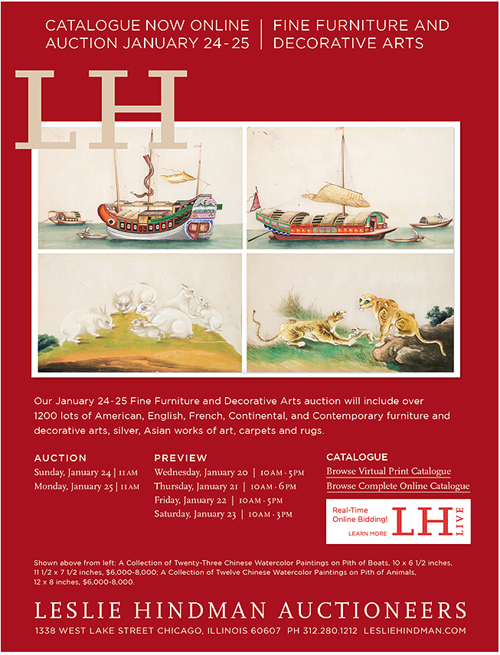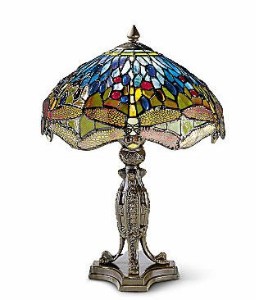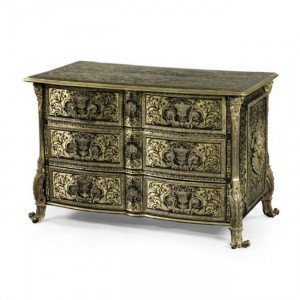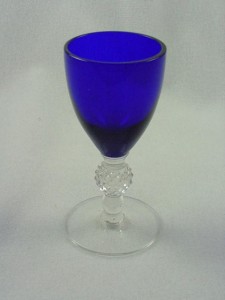
Bought for an ‘exorbitant’ $100 in the 1960s, expected to bring $300,000+, Feb. 25, 2010
DALLAS, TX — When a truly exceptional copy of Detective Comics #27, the very first appearance of Batman, is auctioned by Heritage Auction Galleries in its Feb. 25 Signature® Comics & Comic Art Auction, it will set two important marks:
It will, more than likely, become the single most valuable comic ever offered at public auction. Though it’s being sold with no reserve and no minimum bid, it’s expected to bring at least $300,000. The current record for a comic sold at auction stands at $317,000, for a copy of Action Comics #1, sold last year at another auction house.
The other question the auction will settle, at least for the time being, is one of the great debates of Pop Culture: Who is worth more today, Batman or Superman?
“Since Heritage began auctioning vintage comics, we have heard more client requests for Detective #27 than for Superman’s first comic, Action #1, and that’s both from hard-core comic collectors and from clients in other fields who are interested in this issue as a pop culture milestone,” said Lon Allen, Director of Sales for the Comics Division of Heritage. “Superman came first, but I think in certain quarters Batman is the more popular character. This is probably the most desirable comic Heritage has ever auctioned.”
The third-party certification service CGC has graded the comic Very Fine 8.0, a grade that only one other copy of this issue has reached and none has surpassed.
“The eye appeal is absolutely outstanding,” said Lon Allen, Director of Sales for the Comics Division of Heritage. “Most comics from 1939 are smudged, torn, creased, and so on – this one’s got really bright colors and looks fresh. It has no restoration which is a major plus as well. We’ve never handled a copy that’s anywhere near this nice.”
Heritage has not disclosed the source of the comic other than to note it comes from a savvy collector who assembled his collection in the 1960s and 1970s.
“Back then, if someone spent even $100 on a comic book from the 1930s or 1940s, which is what the collector paid for it, it was considered absurd by the general public,” said Allen, “but smart buyers who did their legwork and paid so-called ‘outrageous’ prices could put together excellent collections that today’s collectors are envious of.”
To say that today’s hordes of comic collectors, Batman fans and Pop Culture devotees are envious of a comic such as this, bought for a mere fraction of what the current price will be, is an easy understatement. By late February the top collectors in the world will be eyeing this book closely, and weighing just how much it’s worth to them to have the have the holy grail of comic books, and to be part of history.
Heritage Auctions, headed by Steve Ivy, Jim Halperin and Greg Rohan, is the world’s third largest auction house, with annual sales more than $600 million, and 475,000+ registered online bidder members. For more information about Heritage Auctions, and to join and gain access to a complete record of prices realized, along with full-color, enlargeable photos of each lot, please visit www.HA.com.


 Many people pick January 1st as the day to open their new online Antiques business. Unfortunately, more than half of them close this same business before June rolls around, citing no sales or high expenses as the reasons. Somehow the “I’m going to make a million dollars in 3 months on the internet” mentality is still alive and well.
Many people pick January 1st as the day to open their new online Antiques business. Unfortunately, more than half of them close this same business before June rolls around, citing no sales or high expenses as the reasons. Somehow the “I’m going to make a million dollars in 3 months on the internet” mentality is still alive and well.
 Fake…a word no collector or dealer ever wants to hear. Fakes run rampant in the antiques and collectibles industry. Many people think fakes are only for expensive items such as Monet paintings, diamond jewelry, and Rolex watches. Not so!
Fake…a word no collector or dealer ever wants to hear. Fakes run rampant in the antiques and collectibles industry. Many people think fakes are only for expensive items such as Monet paintings, diamond jewelry, and Rolex watches. Not so! Furniture…everyone has it and some even know how to decorate with it. As with any industry, antique and vintage furniture collectors have a lingo of their own. I’ve picked out some common, and not so common, terminology I thought would be fun to talk about.
Furniture…everyone has it and some even know how to decorate with it. As with any industry, antique and vintage furniture collectors have a lingo of their own. I’ve picked out some common, and not so common, terminology I thought would be fun to talk about.
 collectors generally agree that such a repair is acceptable.
collectors generally agree that such a repair is acceptable. EBay literally sells tens of billions of dollars worth of goods each year. So how does someone capitalize on such a huge market place to put a few of those dollars in their own pocket? Here are a few ideas to help sell your antiques and collectables with the world’s largest online auction marketplace.
EBay literally sells tens of billions of dollars worth of goods each year. So how does someone capitalize on such a huge market place to put a few of those dollars in their own pocket? Here are a few ideas to help sell your antiques and collectables with the world’s largest online auction marketplace.